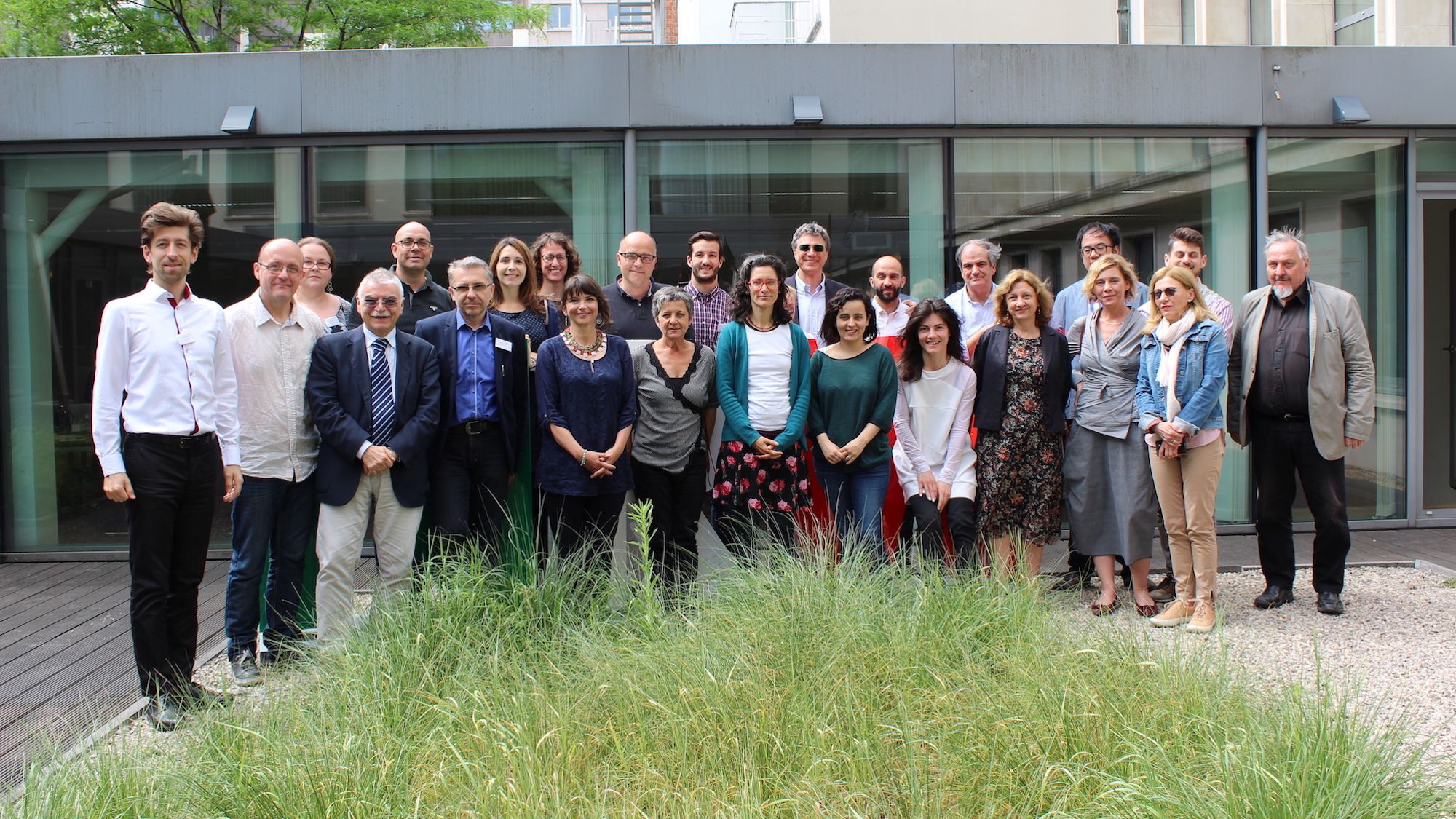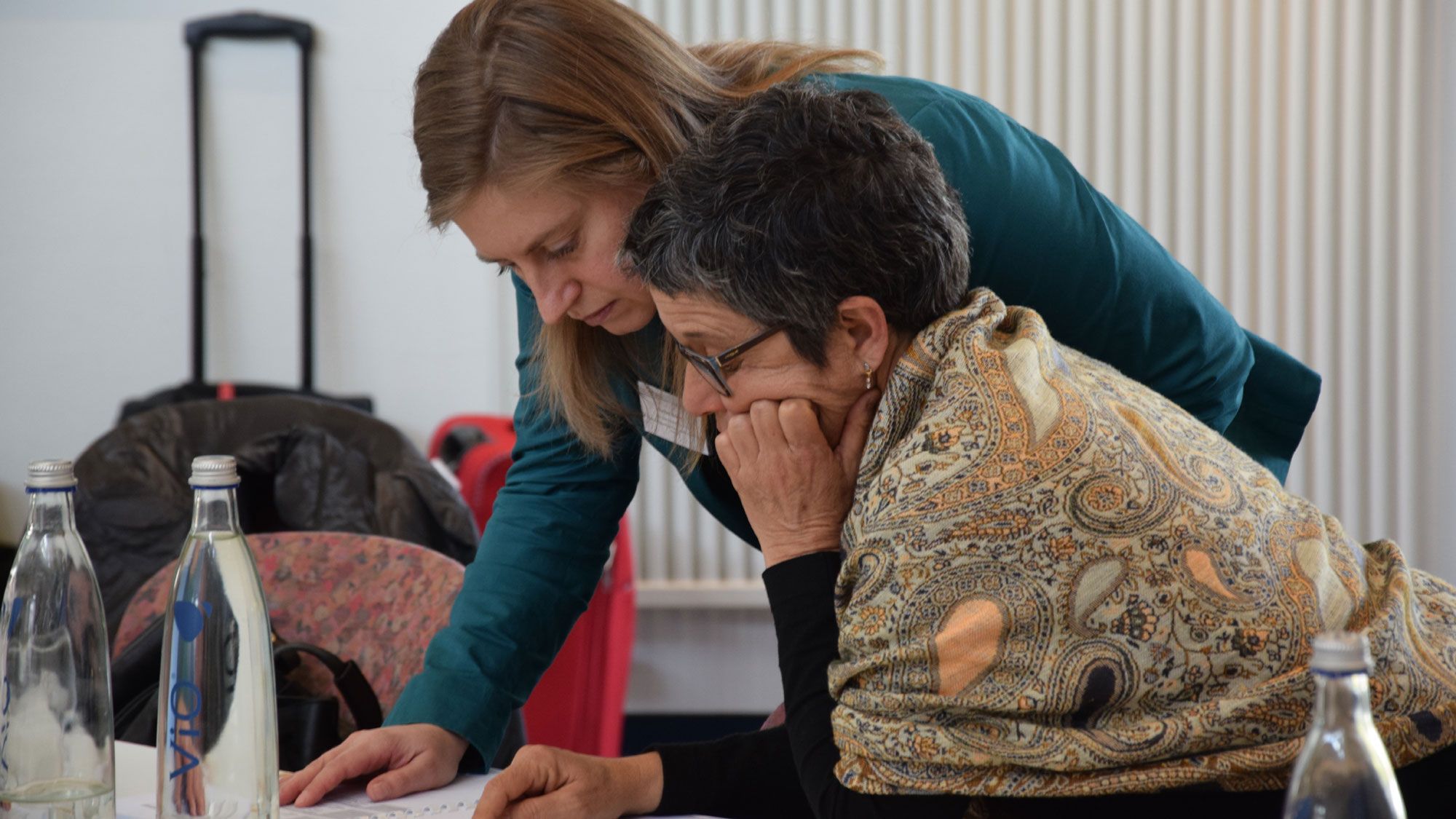Cultural Political Economy
Cultural Political Economy (CPE) is a recent analytical approach that tries to synthesize contributions from the critical political economy and the critical analysis of discourse to the field of policy studies (Jessop, 2004; Sum and Jessop, 2013). It highlights the relevance of the cultural dimension (understood as semiosis or meaning making) in the interpretation and explanation of the complexity of social formations such as policies. It points to the fact that policies always reflect selective interpretations of problems, explanations of their cause, and preferred solutions. Policy makers, and policy actors in general, need to selectively attribute meaning to some aspects of the world rather than others and engage with pre-existing interpretations of the problems and solutions available to them in the decision-making process. CPE is interested in the study of these pre-existing interpretations (policy discourses, economic and political imaginaries), their translation into hegemonic strategies and projects, and their institutionalization into specific structures and practices. The main contribution of the CPE approach to lifelong learning policy analysis is the need to take seriously the importance of the mobilization of policy ideas, and the perceptions of political actors, in the explanation of education policy dynamics and policy outcomes. This implies paying specific attention to the role of a particular set of policy actors (policy advisers, knowledge-brokers, think tanks) and the mechanisms of persuasion and construction of meaning (soft power) that they use to influence the perceptions of other actors. According to Bob Jessop (2010) all institutional transformations can be explained by the iterative interaction of material and semiotic factors through the evolutionary mechanisms of variation, selection and retention. Variation refers to the process by which dominant educational policy discourses or practices need to be revisited because of the emergence of new narratives that problematize educational processes by making reference to either external (e.g. economic crisis) or internal challenges (e.g. school drop outs). Selection implies the identification of the most suitable interpretations of existing problems, as well as the most complementary policy solutions. These solutions tend to vary from country to country due their different political economy structures and the preeminence of particular ideological coalitions. Finally, retention requires the institutionalization of these new policies through their inclusion into the regulatory frameworks and governance technologies, and its enactment through the re-interpretation, acceptance and resistance of implementers and practitioners at different levels.
References
Jessop, B. (2004). Critical semiotic analysis and cultural political economy. Critical Discourse Studies, Vol. 1 No. 2, pp. 159–174.
Jessop, B. (2010). Cultural political economy and critical policy studies. Critical Policy Studies, Vol. 3 No. 3–4, pp. 336–356.
Sum, N. L. & Jessop, B. (2013). Towards a Cultural Political Economy: Putting Culture in Its Place, Edward Elgar Publishing: Cheltenham.
(Anna Cossetta, Uwe Bittlingmayer & Oscar Valiente)
























